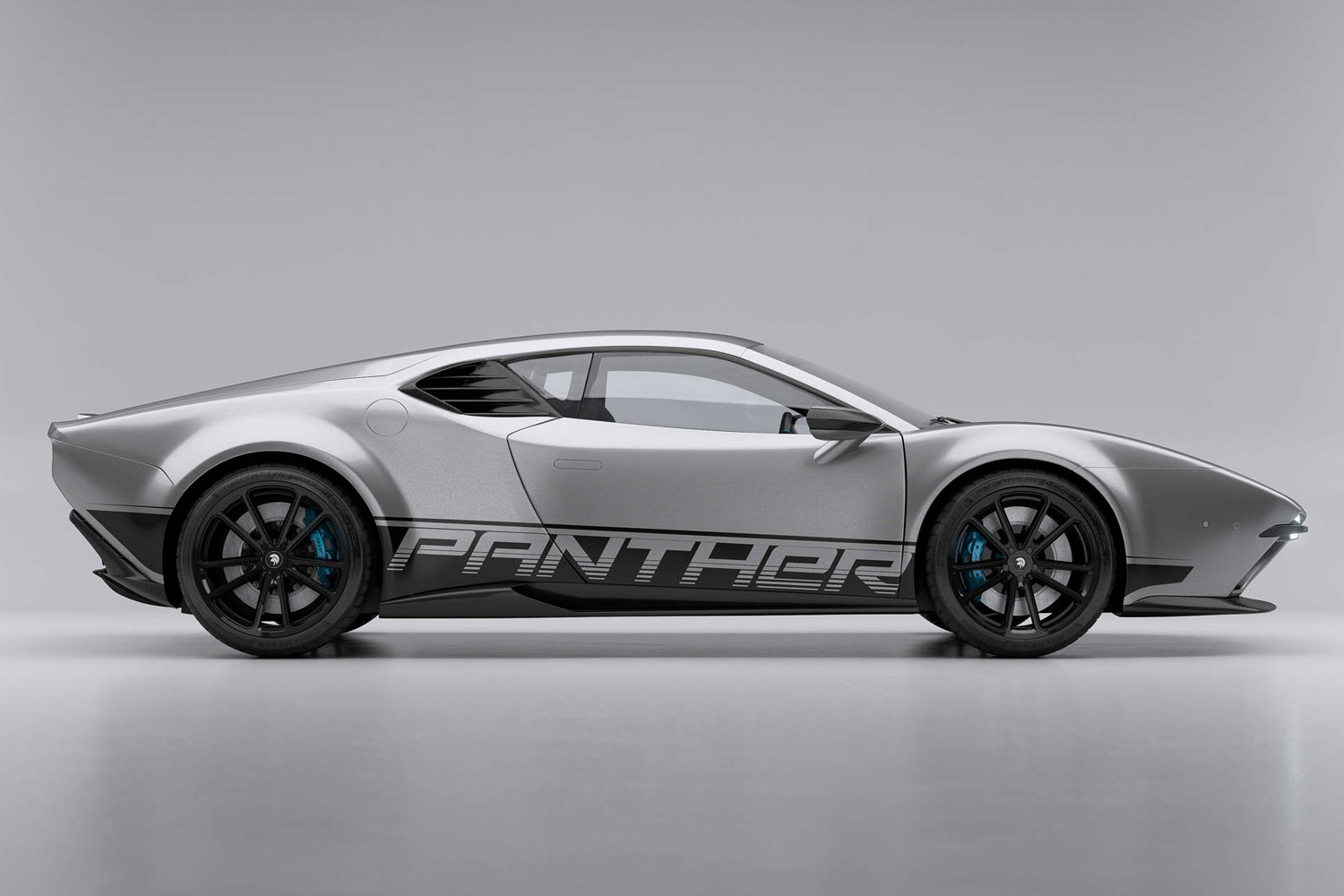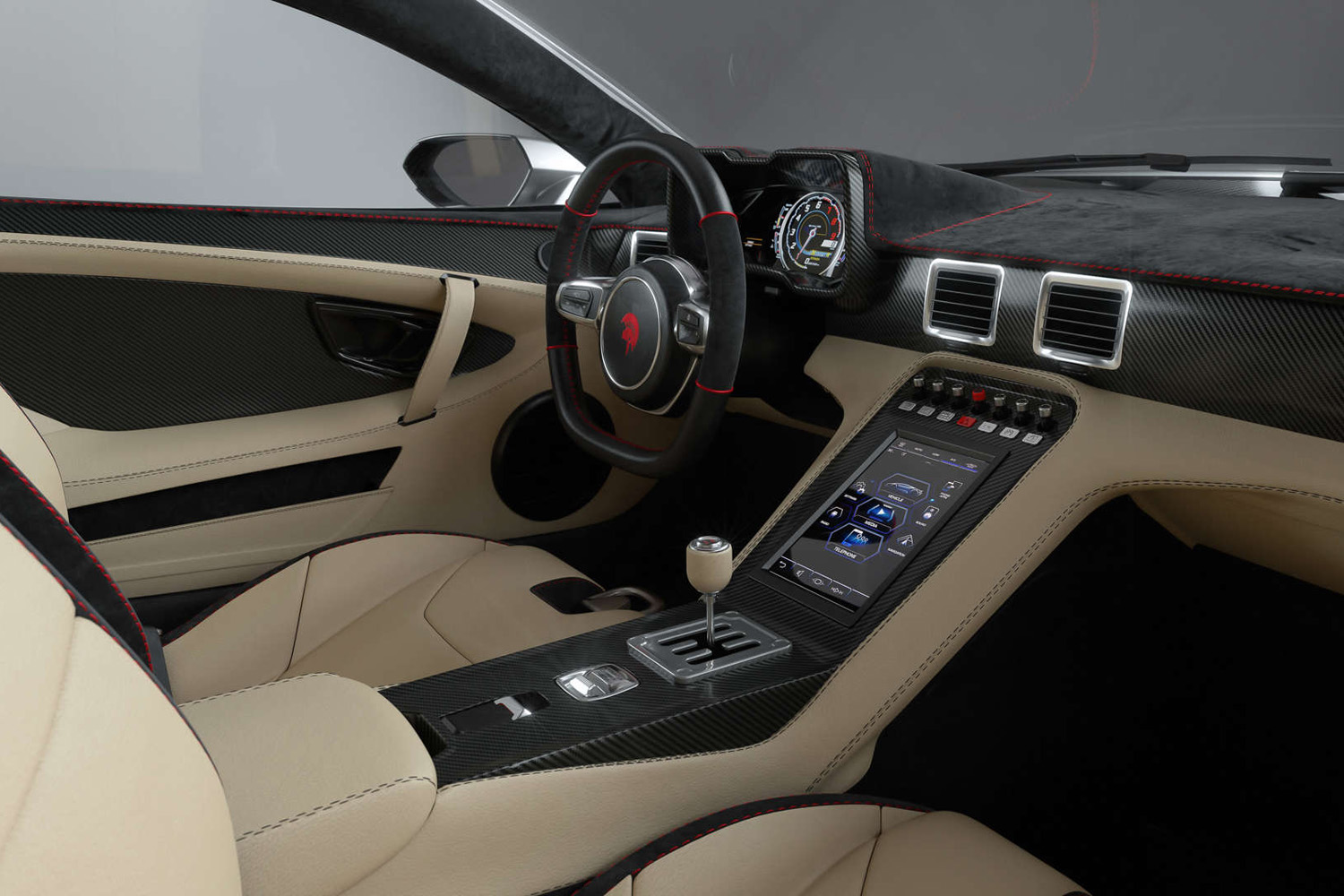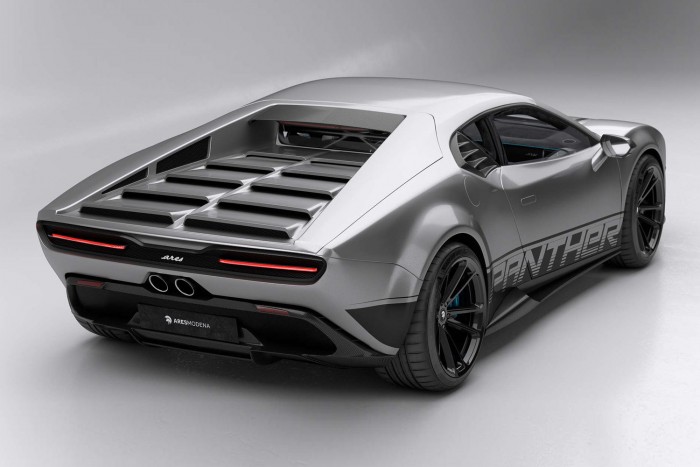AUTONEWS

Ares Modena Panther Evo
The De Tomaso Pantera still beats the hearts of many car enthusiasts today. Using the design of the mid-engined sports car produced between 1971 and 1992, Ares Modena built a modern “successor” in 2019. The retro-style supercar combined classic design elements with modern engineering solutions. The Panther Progetto Uno continues its course refreshed, giving way to the Panther Evo.
Although the manufacturer doesn’t make a big deal out of it, as it did four years ago, the Lamborghini Huracan provides the basis for the car, which is very different from the original, similar to the Pantera, and largely made of carbon. In addition to the car’s 70s style, its most spectacular solution is the reversing lamp, which was common at the time and is now considered a specialty, but also has the spectacular openings in the nose.

Compared to the previous version, the Evo version has been updated mostly at the rear, where we can find cleaner LED lights, and instead of the previous 2×2 exhaust end, the gases exit through two central pipes. Lighter wheels are now used, which are 20 inches in the front and 21 inches in the rear. Overall, the Panther weighs 1,423 kg.
The passenger compartment has also changed, finer upholstery is used in the mostly handmade interior, which, compared to the Progetto Unó, is less reminiscent of Lamborghini shapes. The steering wheel and vents are also new, but the graphics on the screens are still revealing.

The manual gear shifter and the accompanying rear design look really exciting, but according to reports, this is only an appearance. It’s not a solution like Koenigsegg’s world novelty, but a seven-speed, double-clutch, automatic transmission belonging to the Huracan works here as well. The solution adds that the gears can be switched not only with the tabs behind the steering wheel, but also on the shift lever.
While the Ares doesn’t refer to the Huracan, the specs are telling. The 5.2-liter V10 engine, after the Ares treatment – new engine management software and exhaust – makes 640 horsepower. It accelerates to 100 km/h in 3.1 seconds, and the all-wheel drive sports car has a top speed of 325 km/h.

The price of the conversion is not yet known, but for a construction like this, where a 100 million car is broken into pieces, the reconstruction can be measured in a similar order of magnitude. However, no one is saddened by the result, perhaps even in Sant’Agata Bolognese they would rather snap their fingers.
Reporter: Horváth Zsolt

Nenhum comentário:
Postar um comentário